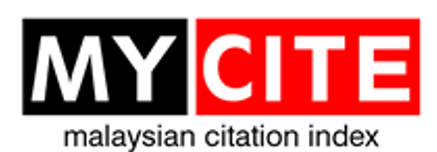Distribution and ethnomycological knowledge of wild edible mushrooms in Sabah (Northern Borneo), Malaysia
DOI:
https://doi.org/10.51200/jtbc.v15i.1494Keywords:
Ethnomycology, wild mushrooms, native, ethnic, Sabah, BorneoAbstract
Ethnomycological knowledge is a combination of biological resources, cultural and human patterns, in particular collective traditional uses and the importance of fungi in daily life. Despite the large number of ethnic groups in Sabah, the native ethnomycological knowledge of wild edible mushrooms and poisonous mushrooms are poorly documented. This study attempted to document wild edible mushrooms and their ethnomycological uses and practices in the tropical rainforest of Sabah, Borneo. Opportunistic samplings and ethnomycological surveys were made within the indigenous communities of Sabah. Collectively, 50 respondents from four different ethnic communities i.e. Dusun, Kadazan, Orang Sungai, and Bisaya were interviewed. A total of 25 wild mushroom species were documented as edible mushroom for food, and five species for medicinal uses. The highest number of wild edible mushroom collected and reported were of the Pleurotaceae family (five species), followed by Polyporaceae family (three species) and Auriculariaceae family (three species). The results also showed that Schizophyllum commune (Kulat Kodop), Volvariella volvacea (Kulat Sawit), Pleurotus spp., (Cendawan Tiram) Auricularia spp., (Kulat Korong) and Marasmiellus species were mostly consumed by the indigenous people of Sabah as part of their daily diet. Local names, culinary, and the edibility types were distinct among the different local communities. Elderly indigenous people possess vast knowledge on uses of wild mushrooms compared to the younger generation. Women play an important role in wild mushroom collection and its edibility, uses and practices. The findings from this study showed that ethnomycological knowledge of wild mushroom in Sabah is still lacking and more attention is needed. A study on the ethnomycological aspect in Borneo is a necessity in creating awareness among the public on edible and poisonous mushrooms, and its culinary and medicinal properties.
Downloads
Published
How to Cite
Issue
Section
License
BY: credit must be given to the creator.
NC: Only noncommercial uses of the work are permitted.
This journal provides open access to its content under CC BY-NC 4.0 on the principle that making research freely available to the public supports greater international collaboration and information exchange.












